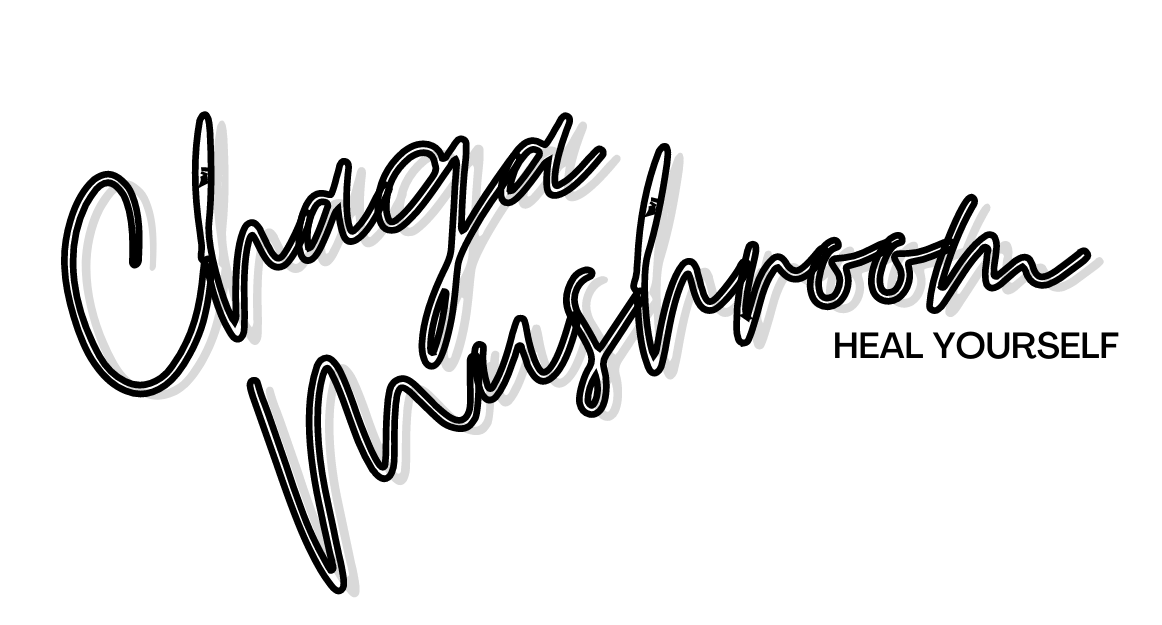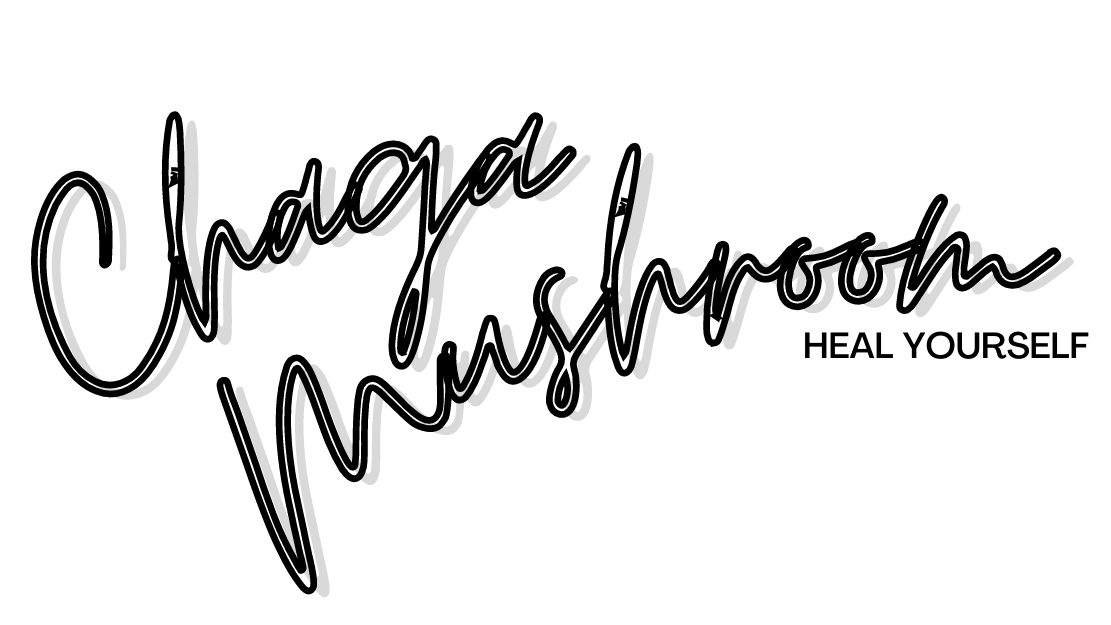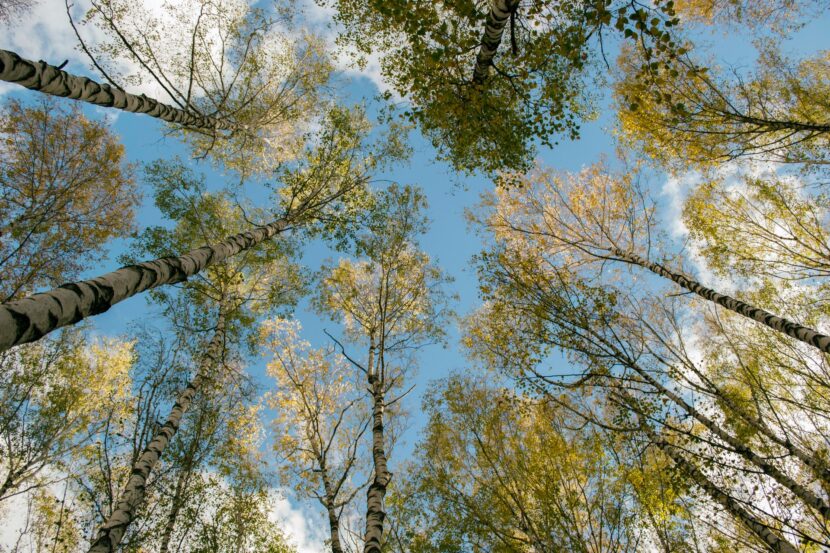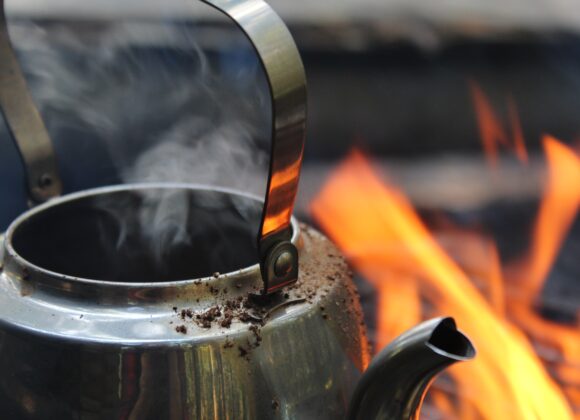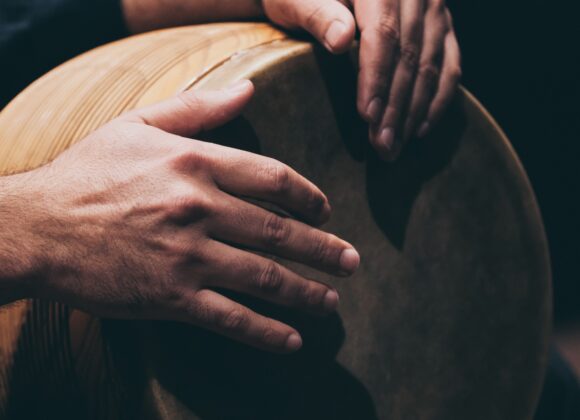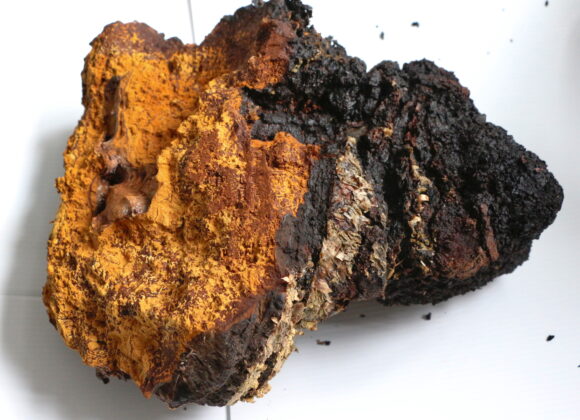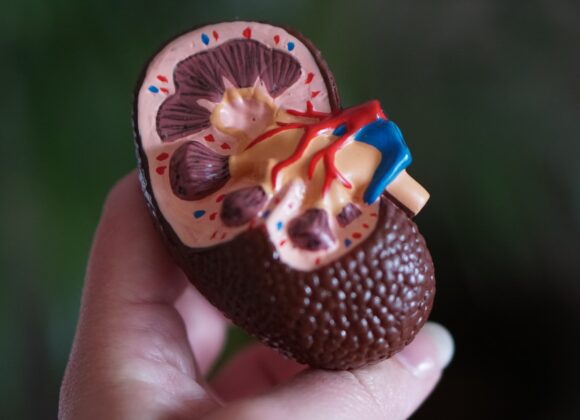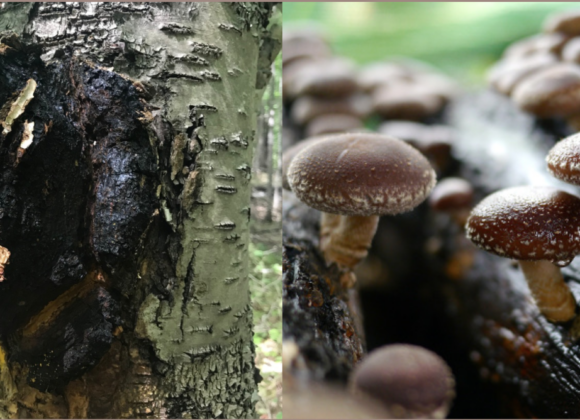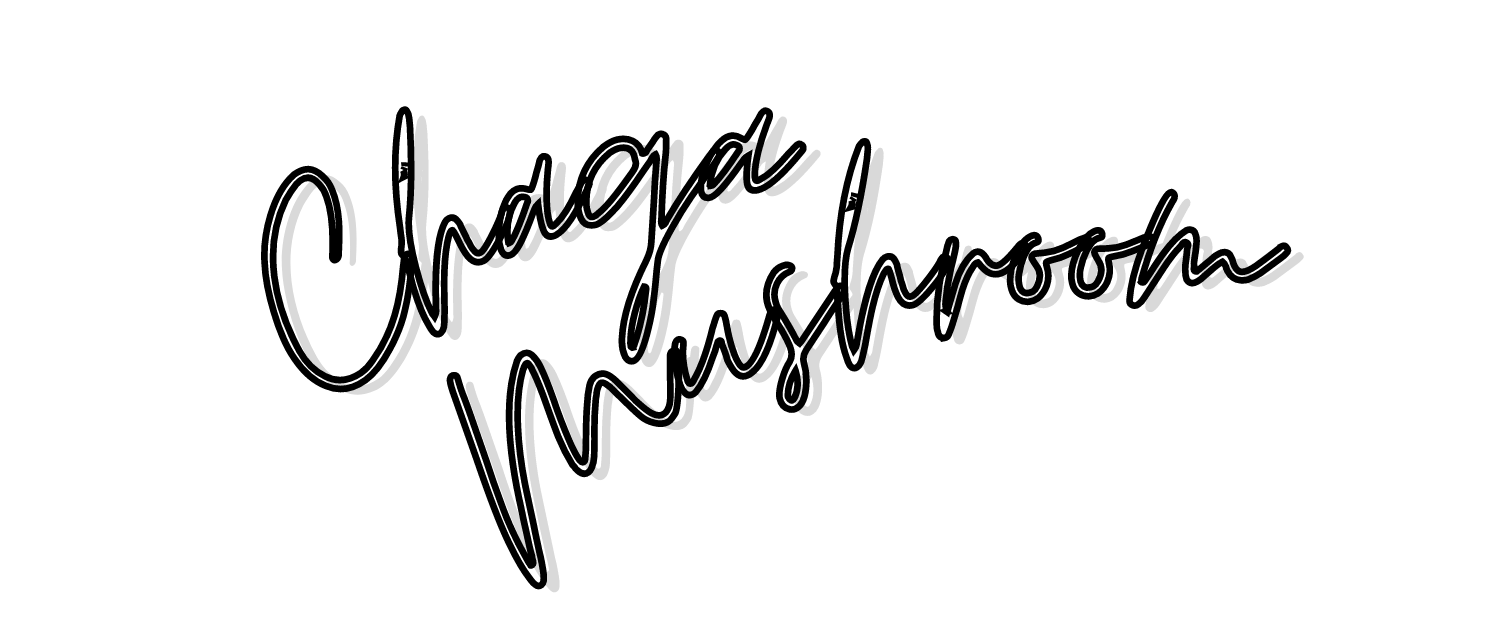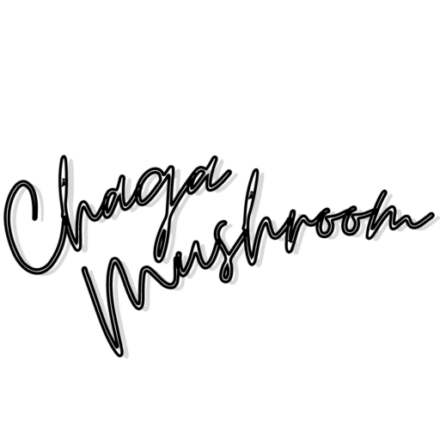An overview of Chaga Mushroom
The scientific name of Chaga mushroom – Inonotus obliquus. The first therapeutic use of Chaga has been recorded during the 12th century in Eastern Europe. Natural healers and traditional medicine practitioners have been aware of this mushroom for centuries. They prescribe it for many ailments, including cancer, bacterial infections, tuberculosis, heart disease, and parasites. So let’s find out what is Chaga and where does it grow?
Description of Chaga
Chaga grows from the side of the tree, like a large blackish-brown tumor, the size can vary 10 to 20 centimeters. The appearance is much like that of a burl, and there is often quite a lot of confusion among new foragers mistaking burls for Chaga. On the outside, the Chaga looks like burnt charcoal. Inside it resembles a golden brown or amber-colored woody material. The slow-growing process of Chaga mushrooms is the reason why this type of species of mushroom does not easily spread from one tree to another. Chaga is not the fruiting body of the fungi, it is made from a mass of mycelium or the vegetative part of the fungus.
How does Chaga grow?
Chaga is a polypore fungus that grows mainly on birch trees in cold climates. It grows on living trees, but it is parasitic. This means that the fungal mycelium enters the stem of a mature tree through a crack or a wound in the bark and then starts to absorb and synthesize healthy compounds that we, humans, will consume. The fungus will continuously eat the flesh of the tree, as it softens or weakens until the tree reaches its decaying state called ‘trunk fracture’. The fungi eventually deteriorate the tree inside and out. The decomposing tree will then serve as a shelter for animals and insects allowing for the natural cycle of life to continue. In this way, the fungal spores infect another host by entering through any wound or break off like animal damage or branch break-offs. A tree is ‘infected’ with Chaga if the conk is visibly noticed breaking the surface of the tree. As the conk thrives, it sticks out from the side of the tree.
Where does Chaga grow?
A large amount of Chaga mushrooms are found in regions like Finland (where Chaga is called Pakuri), Estonia, Russia, Kazakhstan, South Korea, Belarus, Canada, Scotland, North America, as well as other Northern and Eastern European countries.
These mushrooms grow best on the outside of yellow and white birch trees. There are cases of Chaga mushrooms being thought to grow on other trees like oak, cherry, beech, alder, and poplar. This species of fungi are abundant in the northern hemisphere where it has a higher forest altitude, than the northern deciduous forests. Chaga thrives in cold, damp conditions, and has a great tolerance for surviving hard winters. It’s easier to spot Chaga during winter time when they’re not covered by tree leaves.
Chaga mushrooms are famous for their contribution to overall well-being. Chaga extracts contain beneficial compounds that play a role in immune support, anti-inflammation, cancer treatment, and cellular protection against free radicals.
